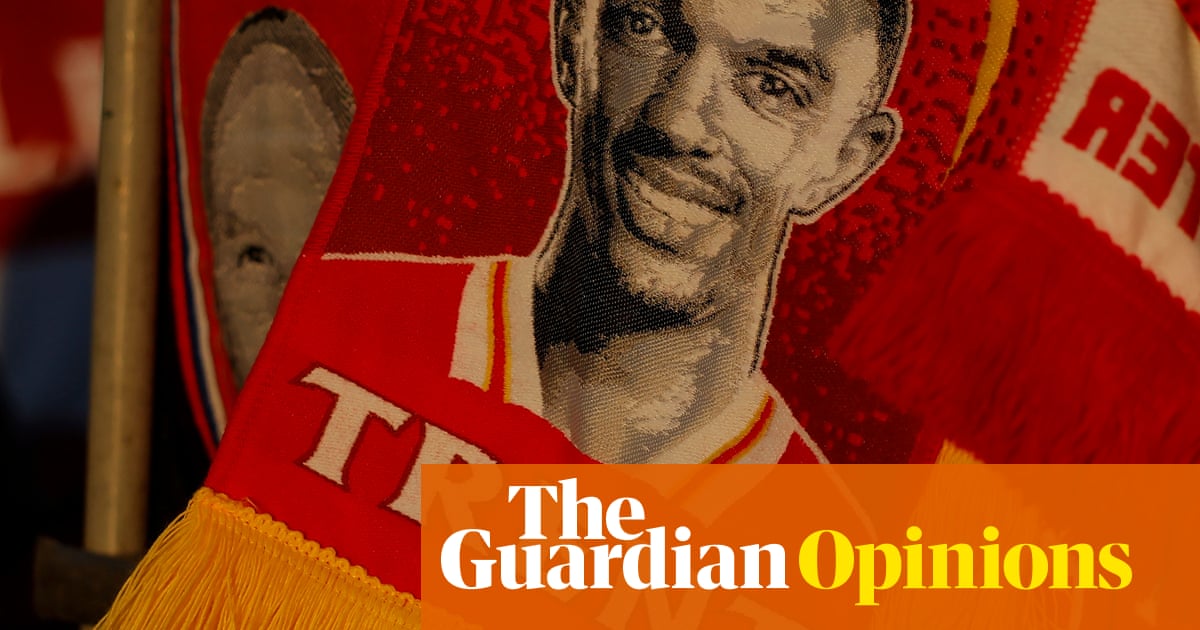The Stars-Jets kicking goal proves video replay does not work in hockey

Open this photo in gallery: Dallas Stars's Alexander Petrovic (28) with Jason Robertson (21) and Sam Steel (18) after scoring a goal against the Winnipeg Jets on May 11 in Dallas, Texas.Sam Hodde/Getty ImagesThe NHL has a lot of fiddly little rules, so they can be forgiven for forgetting some of them now and then. Making them up as they go along is another thing.That’s what happened after a video review during Sunday’s Winnipeg-Dallas game. In a third-period attack, Dallas’ Alexander Petrovic kicked the puck toward the net. It hit Winnipeg goalie Connor Hellebuyck’s swinging stick and went in. That was the winning goal in a 5-2 Jets loss.This play was hard to see in real time – but blindingly obvious on replay. Still, officials stopped the game for eight minutes to think about it.If you went to the movies and they cut the film for eight minutes in the third act to change a reel, you probably wouldn’t go to that theatre again. But the NHL seems to think this kind of thing is normal. That’s their first problem.Their second problem is that, even after all that, they got it aggressively wrong.The relevant passage in the rulebook: “A kicked puck that deflects off the stick of any player (excluding the goalkeeper’s stick) shall be ruled a good goal.”The puck was undoubtedly kicked. That already should have negated everything that followed. It equally undoubtedly deflected off the goalkeeper’s stick and in.Still, some people will see this differently. They’ll argue that Petrovic’s wasn’t a “distinct kicking motion,” per the rulebook. That we can still be arguing that after watching the replay proves how ineffective replay is.In a statement, the NHL supported the official call, saying, “video review supported the Referee’s call on the ice that Connor Hellebuyck propelled the puck into his own net.”This notion of “propelling” is new law. It’s like a judge deciding in the middle of a murder trial that it’s okay to stab someone as long as you’re swinging upward.The ostensible reason to institute video replay in sports was so that no call need ever be wrong again. That’s proven to be a pipe dream.Which is okay, because the real reason was that replay is good theatre. Everyone got a look at how much chatter it created in early adopters such as tennis and they loved what they saw. Where before there had only been a reason to scream at the TV, video replay provided an opportunity for sports fans to yell at each other.How often do you stumble upon a revolutionary interactive feature that costs you nothing to implement, since you’re already filming the game? Just this once.It works in tennis because their version is binary. The ball is in or out, and the computer can tell the difference. There’s no arguing about it, which isn’t fun, but it is right.Tennis remains the industry leader in video replay because they’ve removed the human element. Nothing requires interpretation. This is as close to fairness as it is possible to get.Football is fuzzier. Did the receiver’s foot land entirely on grass, or was a millimetre of heel touching chalk? Humans have replaced computers here, so it’s impossible to say with assurance. That doesn’t stop them from trying, and people still enjoy getting angry about their decisions. It gives the drama a heightened sense of justice/injustice.Soccer is ambiguous. They do that replay where players’ bodies are recreated in 3-D images to determine whose protruding shinbone was ahead of whose pulled-in rear end, and you still can’t say if it’s offside. We have entered the realm of the technological occult.Hockey is ridiculous. Half these replays are watching to see if someone’s shoulder twitched an inch just as one guy collided with another at 30 kilometres per hour. Nobody in the NHL is paying for 3-D video modelling. Everything’s moving so fast, the action is still blurred in super slo-mo. This doesn’t begin to take intention into account, which no camera can make clear.They had one of these on Sunday night in Sunrise, Fla., as they do most evenings in the postseason. Toronto’s Oliver Ekman-Larsson went hard into Florida’s Evan Rodrigues, who went down like he’d been shot. The play was initially missed.Then they gave Ekman-Larsson a five-minute major, mostly so they could review what they hadn’t seen in real time. After staring at it for a couple of minutes, they decided it was a two-minute interference penalty. Why? Who knows? They don’t bother explaining these things.Even after watching a million angles, none of them good, it was difficult to say if Ekman-Larsson’s shoulder had come into contact with Rodrigues’ head – and impossible to say if he’d meant to do that.So what’s the point of the replay? It adds a lustre of officialdom to a process that remains as amateur as it was a hundred years ago. These are human beings standing in the midst of pandemonium, seeing most of it in overlapping two dimensions, trying to figure out what’s going on. A lot of the time, they don’t know.So just accept that.Replay in hockey doesn’t work often or reliably enough to justify its existence. On too many occasions, it frustrates logic. In some cases – like the Petrovic goal – it’s making things up as it goes along.The worse it gets, the more inclined the officials are to start working off their gut instead of the rulebook – and the more determined the NHL is to support them in that. No backsliding will be tolerated.You can and should continue to use video evidence post-facto to determine penalties for dangerous play. That process is lengthier, more involved and more likely to end well.But it’s not working in real time. The nature of hockey isn’t suited to it, and the NHL isn’t good at it.You don’t have to rely on every new technology that comes along. Sometimes the old ways are the best ways, even if they are flawed.Instead, the NHL wants to pretend that they’re getting everything right, especially when they’re getting things spectacularly wrong. In fairness, it is fun to argue about, right up until your team loses.








